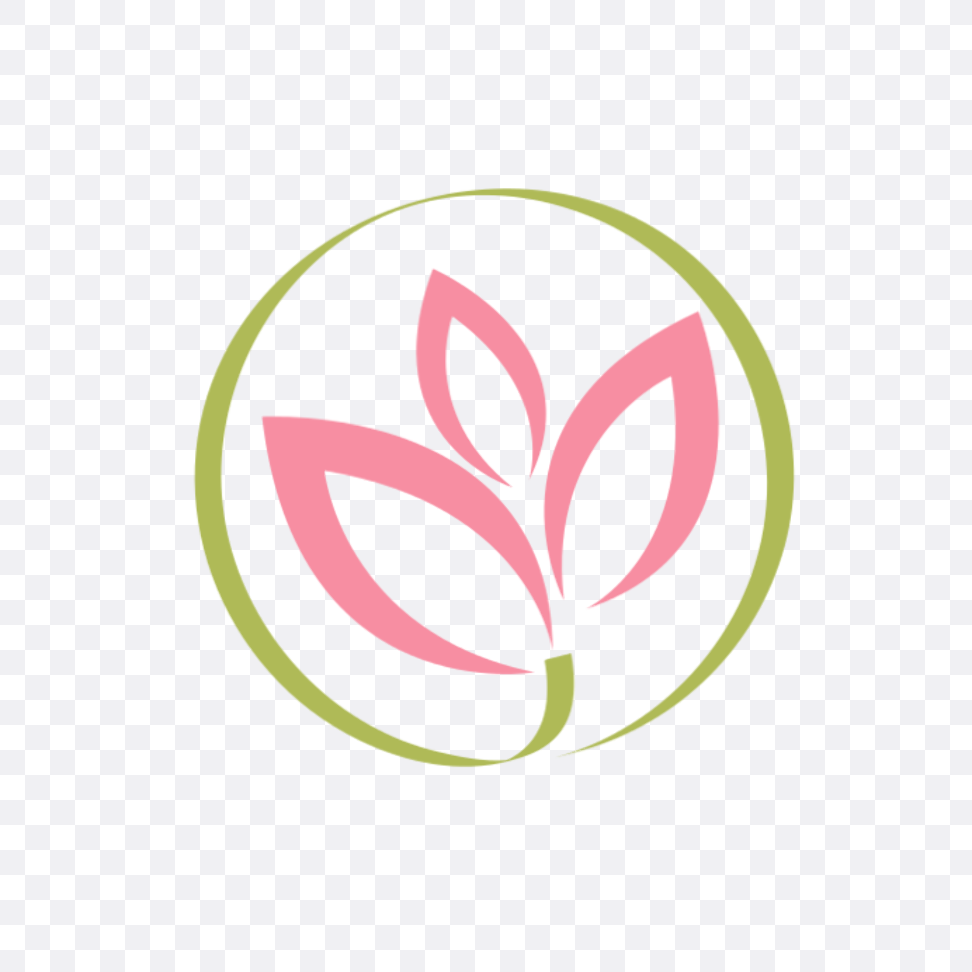Hydrangeas Unveiled: A Comprehensive Guide to Growing and Caring for These Stunning Flowers
Hydrangeas are beloved for their voluminous blooms and vibrant colors, making them a cherished addition to any garden. However, cultivating and caring for these stunning flowers requires attention to detail and a solid understanding of their unique needs. In this comprehensive guide, we'll delve into everything you need to know about growing and caring for hydrangeas, from selecting the right variety to providing optimal care for healthy growth and abundant flowering.
Choosing the Right Variety:
Before diving into cultivation, it's essential to select the right variety of hydrangea for your garden. Hydrangeas come in various types, including mophead, lacecap, panicle, oakleaf, and smooth, each with its own unique characteristics and growing requirements. Consider factors such as bloom color, size, and growth habit when choosing the perfect variety for your space.
Planting and Positioning:
Hydrangeas thrive in well-drained soil with partial shade, although some varieties can tolerate full sun with adequate moisture. When planting hydrangeas, choose a location with dappled sunlight or morning sun and afternoon shade to prevent wilting and sunburn. Ensure that the soil is rich in organic matter and has good drainage to prevent waterlogging, as hydrangeas are susceptible to root rot in soggy conditions.
Watering and Feeding:
Proper watering is crucial for the health and vitality of hydrangeas, especially during hot and dry periods. Water deeply and infrequently, ensuring that the soil remains consistently moist but not waterlogged. Mulching around the base of the plant will help retain moisture and regulate soil temperature. Additionally, feed hydrangeas with a balanced fertilizer in early spring and again in mid-summer to promote lush foliage and abundant flowering.
Pruning and Deadheading:
Pruning is an essential aspect of hydrangea care, as it helps maintain the plant's shape and promote vigorous growth and blooming. The timing and method of pruning depend on the type of hydrangea you're growing, so be sure to research and follow specific guidelines for your variety. Generally, prune dead or damaged wood in early spring, and remove spent flowers promptly to encourage new growth and prolong flowering.
Changing Bloom Colors:
One of the unique features of hydrangeas is their ability to change bloom colors based on soil pH. Acidic soil produces blue flowers, while alkaline soil produces pink flowers. To manipulate the color of your hydrangeas, adjust the soil pH by adding amendments such as aluminum sulfate for blue flowers or lime for pink flowers. Keep in mind that this process may take several seasons to achieve the desired results.
Pest and Disease Control:
Hydrangeas are relatively low-maintenance plants, but they are susceptible to pests and diseases such as aphids, spider mites, and powdery mildew. Monitor your plants regularly for signs of infestation or disease, and treat promptly with organic or chemical controls as needed. Additionally, practice good garden hygiene by removing dead or diseased foliage and providing adequate air circulation to minimize the risk of fungal diseases.
Hydrangeas are a timeless favorite in the garden, admired for their stunning blooms and versatility in landscape design. By selecting the right variety, providing optimal planting conditions, and following a regular maintenance routine, you can enjoy a bountiful display of flowers year after year. Whether adorning a garden border, patio container, or floral arrangement, hydrangeas are sure to captivate with their beauty and charm. So roll up your sleeves, dig in the dirt, and watch as these enchanting flowers transform your garden into a floral paradise.
